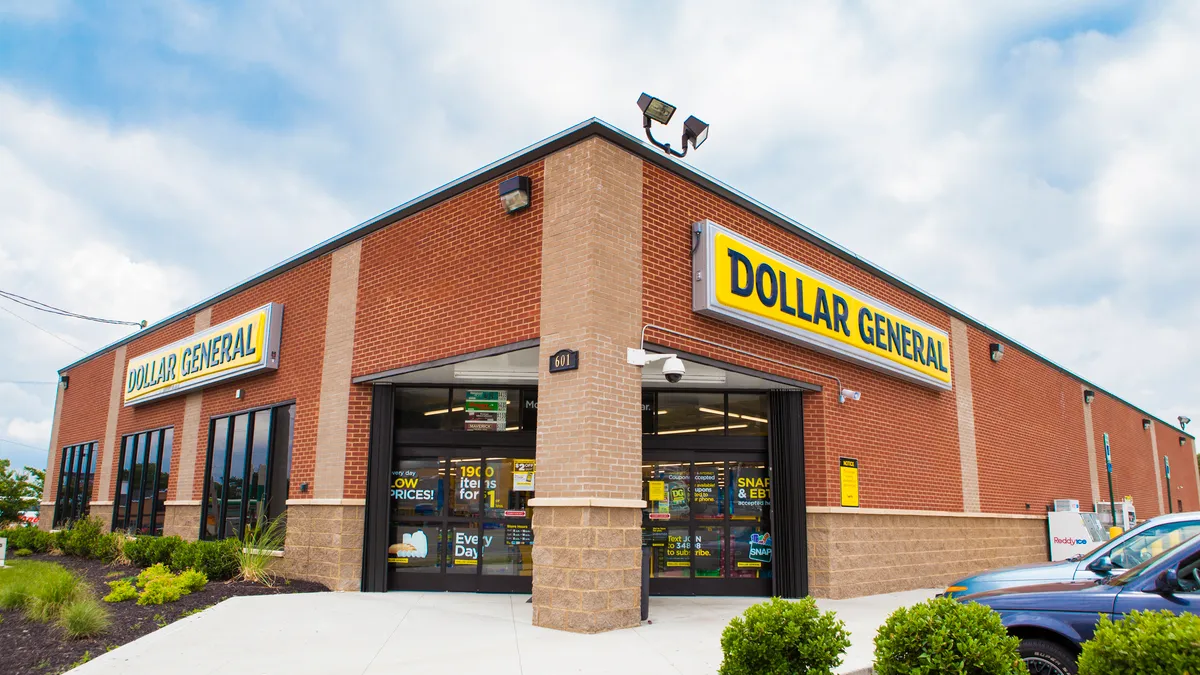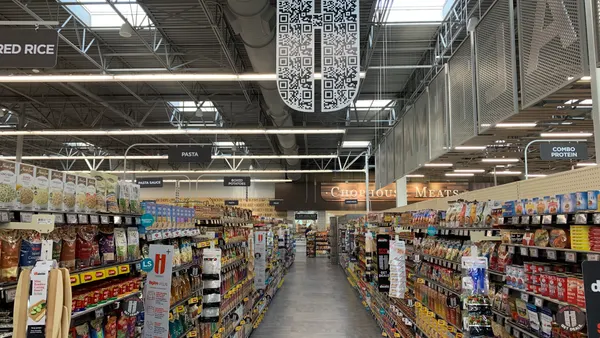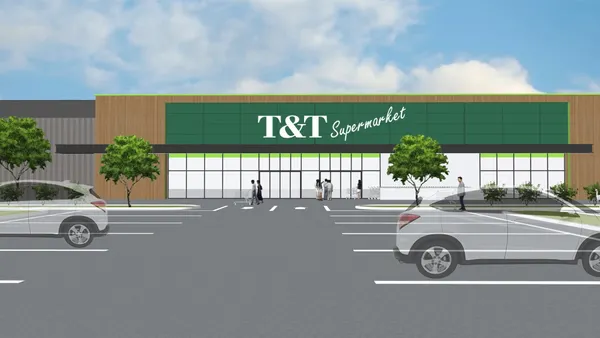Dollar General is growing its supply chain capacity with the addition of three facilities and the expansion of multiple existing ones, the company said in a press release Tuesday.
The additions include a previously announced distribution center in Blair, Nebraska, which can service the company’s traditional and DG Fresh product lines.
Dollar General called the Blair facility its “first ground-up dual distribution facility” that can service both fresh and traditional assortments, as part of the discounter’s “strategic, multi-phased shift to self-distribution of frozen and refrigerated products.”
The company expects the Blair distribution center to employ around 400 people at full capacity. It is part of a $140 million investment in Nebraska’s Washington County, according to the release.
Dollar General also recently added permanent regional distribution hubs in Newman, Georgia, and Fort Worth, Texas, that together add two million square feet in storage capacity to Dollar General’s distribution network.
The company said that both new distribution centers will “serve as an intermediary point between import locations and Dollar General’s distribution center network.” Each facility is expected to employ 200 people when at full capacity.
In addition to new facilities, the retailer this spring completed a $45 million, 250,000-square-foot addition to a Jonesville, South Carolina distribution center. The site first opened in 2005.
Also in the works is a 170,000-square-foot DG Fresh facility in Amsterdam, New York, to complement a traditional distribution center in the same location. Construction is expected to begin in 2024.
Finally, Dollar General has started building three previously announced distribution centers in Arkansas, Colorado and Oregon.
As of early March, Dollar General operated 19 distribution centers for non-refrigerated products, 10 cold storage distribution centers and two combination facilities, according to the company’s most recent 10-K. All told, the company has more than 20 million square feet of storage space for non-refrigerated products and 2.6 million square feet of cold storage.
The Nebraska, Arkansas, Colorado and Oregon distribution centers will collectively add 20% to the retailer’s distribution center capacity and “position us well to support continued growth in the years to come,” CEO Jeff Owen told analysts in December.
Lack of sufficient storage capacity created operational headaches and millions of dollars in costs for Dollar General last year. In Q3, the company reported an additional $40 million in supply chain costs resulting from delays in opening temporary warehouse space. The delays were due to external factors, including permitting, executives said at the time.
With goods arriving earlier than expected and hiccups in opening additional temporary storage, Dollar General racked up retention fees for delays in returning shipping containers, along with higher transportation costs and freight inefficiencies from “less-than-optimal distribution center alignments,” Owen said in December.














